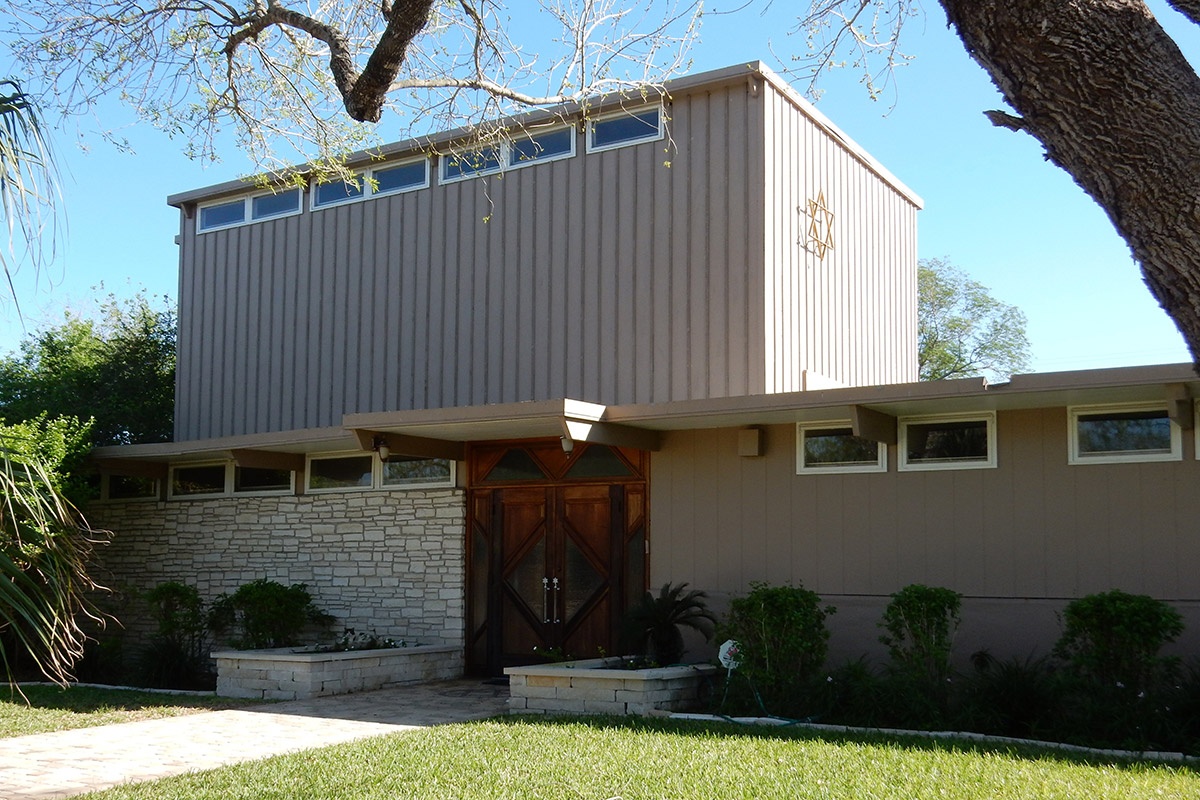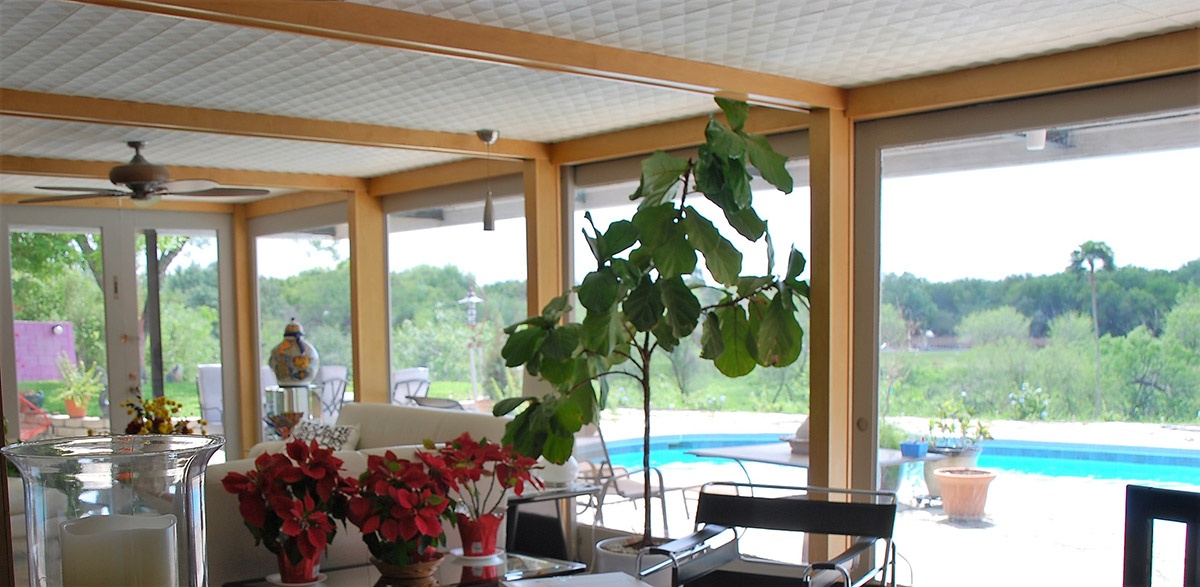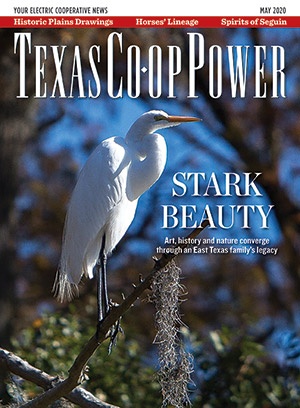Some might remember growing up in the fifties and sixties. The contouring game of Twister and The Jetsons cartoons. Who can remember globe lamps, ball clocks and tulip style tables?
Millennials can relate to the Atomic Era thanks to TV shows like Star Trek, The Brady Bunch and I Love Lucy. Retro fashion and design are back in style. Modernism is everywhere these days. Modernism was an integral part of the lives of Baby Boomers who probably never called it modernism. It was just there; a silent witness of life in the 50s and 60s.
After the Second World War, America and the world were full of optimism and creativity. The gloom of the depression and the war years was swept away by a building boom of low-cost modern houses for the American middle class. These homes featured large windows, clean lines, earth tones, wood, brick, and stone. Natural light and ventilation were integral just like spacious green spaces and kidney shaped swimming pools. Carports were a thing, for they showcased cars. Mid- twentieth century-modern architecture rejected copying historical precedents and historical details. It was all new and exciting. It was “groovy!
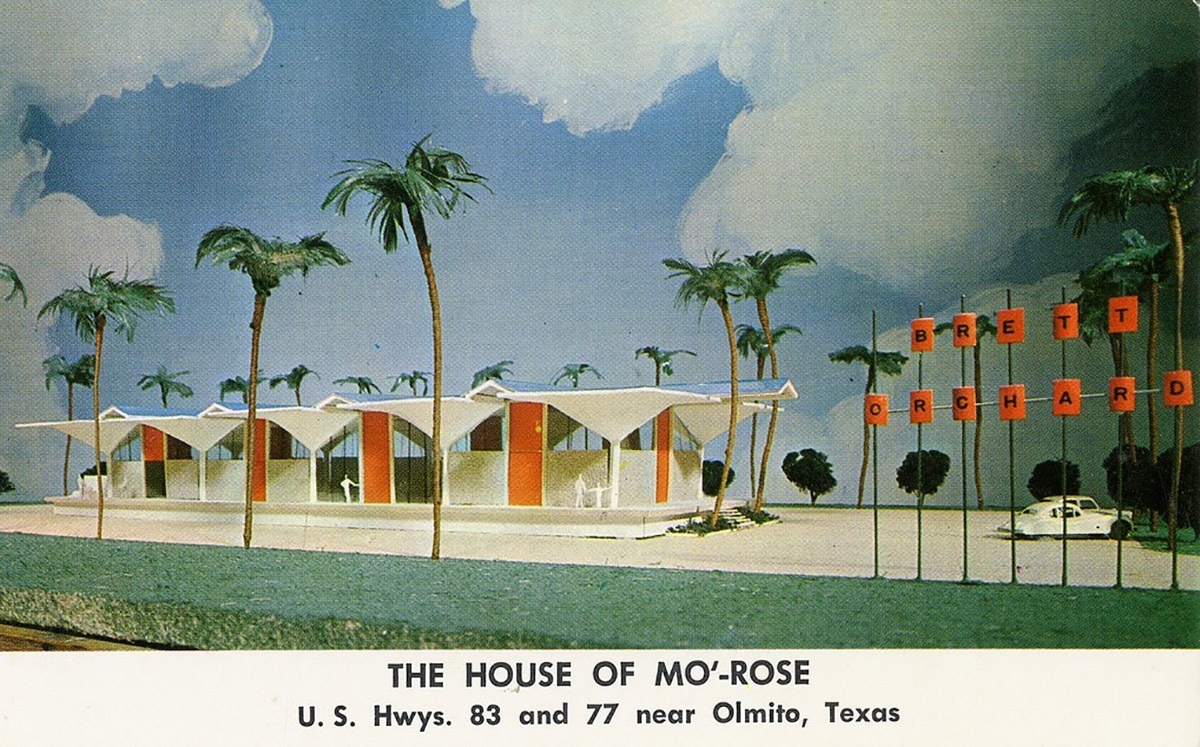
RGVMod
Today, we see these amazing 50 to 70-year-old buildings throughout the Rio Grande Valley. They are modern historical buildings! An oxymoron that complicates things very much because these buildings do not fit the prototype of what we consider historic, for they are too modern! They contradict our romanticized appeal for Mission and Spanish styles.
Mid twentieth century modern buildings should remind us that we don’t have to mask new ones with misunderstood historical decorations and call the results architecture. We, and especially our architects, can imagine fabulous buildings that suit our climate and our friendly culture. We don’t need a lot of money to live in sustainable places that impact our quality of life.
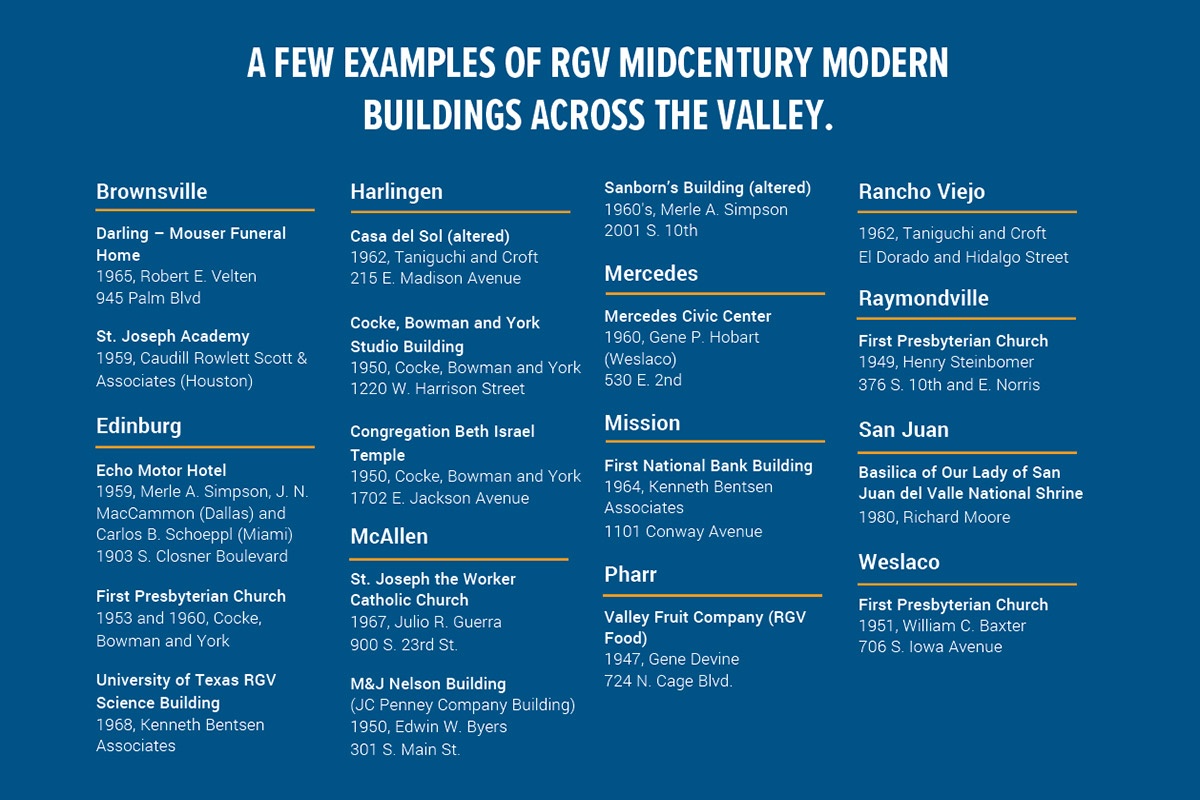
An amazing fact is that the Valley was at the forefront of the modern movement in the country. Renowned architects from all over the United States came here because, like modernism, it was a progressive new territory not bound by long periods of tradition. They came here for the freedom to work with private businesses and local institutions. Their work attracted the attention of national and international media. Buildings designed by John G. York, Alan Y. Taniguchi, Kenneth Bentsen, E. Lester Swanson, James W. Hiester, Max E. Burkhart, Walter Bowman, R. Newell Waters and several others are scattered throughout the Valley. Keep in mind these buildings were built on rock-bottom budgets for communities on the border with Mexico. Both parts of each nation were at the time considered marginal, isolated, and not true to American or Mexican culture, but a watered-down version of both. Yet, they attracted critical recognition from the cultural mainstream in both nations.
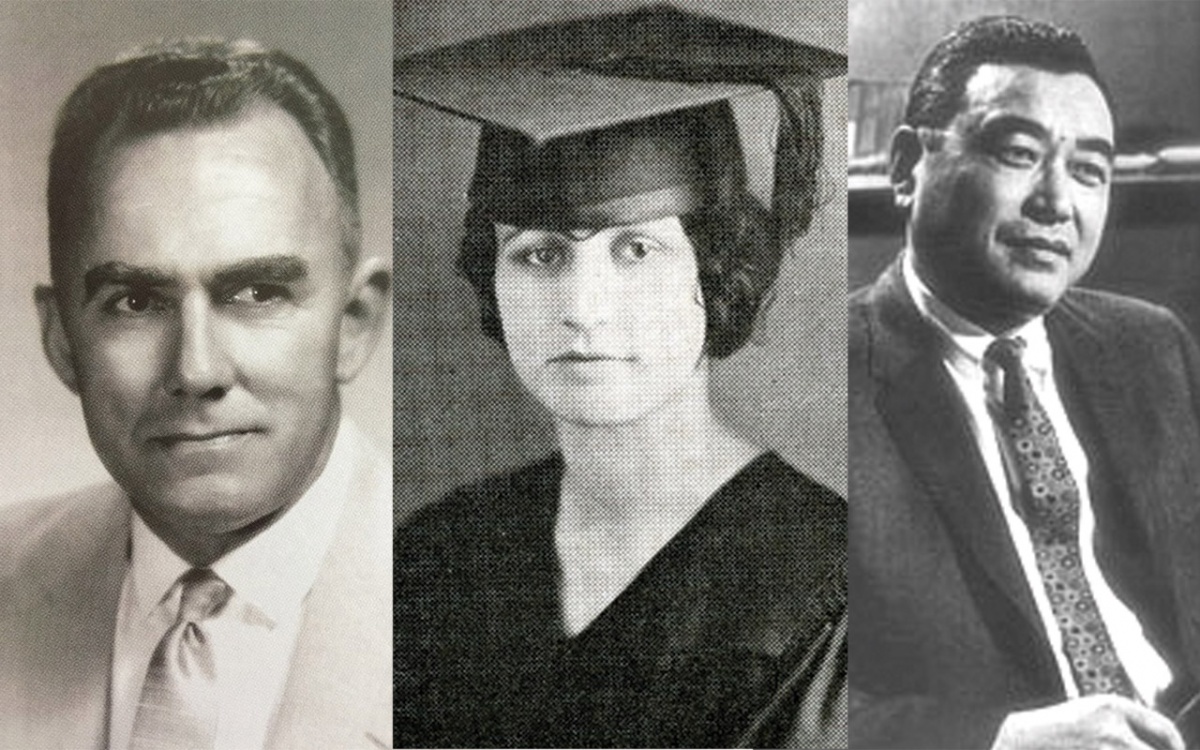
John G. York, Ruth Young McGonigle and Alan Y. Taniguchi
RGVMod
Ruth Young McGonigle was the first woman to graduate from Rice University with a B.S. in Architecture and one of the first female architects to practice in the Valley.
Now that the Valley is growing at a very fast pace, and before we move forward, let’s look back at our modern architectural legacy.
The only single-family dwelling still standing in Texas designed by prominent modernist architect Richard Neutra is the George Kraigher House in Brownsville (1939). The American Institute of Architects bestowed a design award on the Fort Brown Memorial Center in Brownsville in 1954. Progressive Architecture awarded a design citation to St. Joseph Academy in Brownsville in 1956. Time magazine featured the same gymnasium in an article highlighting America’s Schools of Tomorrow in 1960. The Winn House in McAllen (1500 Iris Ave.) received a Texas Society of Architects design award in 1966.This was the only time in the history of the Valley that locally designed buildings attracted such recognition.
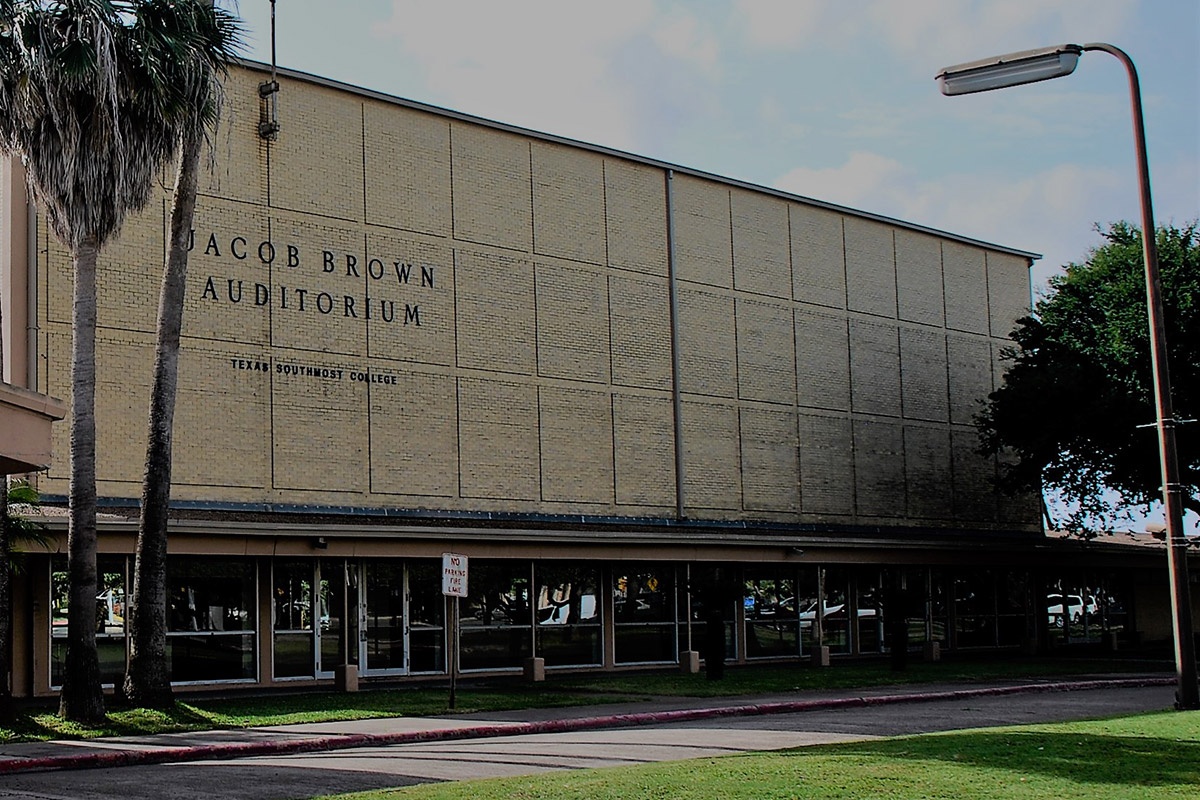
Fort Brown Memorial Center
RGVMod
An incredible house in Los Angeles designed by Pierre Koenig is featured in many movies and tv commercials. But even more incredible is that ten years earlier, in 1949, John G. York designed an almost identical version of this famous house in Harlingen.
Except for Brownsville, Hidalgo, Roma and Rio Grande City, nationally recognized architecture in the rest of the Valley derives solely from the modern era.
Hundreds of cities across the world struggle with the preservation of modernism. The Valley is no exception. We already lost epic mid-century modern landmarks such as John York’s Fairway Hotel, Hugo Neuhaus’s McAllen State Bank, Zeb Rike’s Old Central Fire Station, the McAllen Civic Center designed by one of Texas’s foremost mid-century modern architectural firms, and the Hidalgo County Courthouse that will unfortunately be demolished soon.
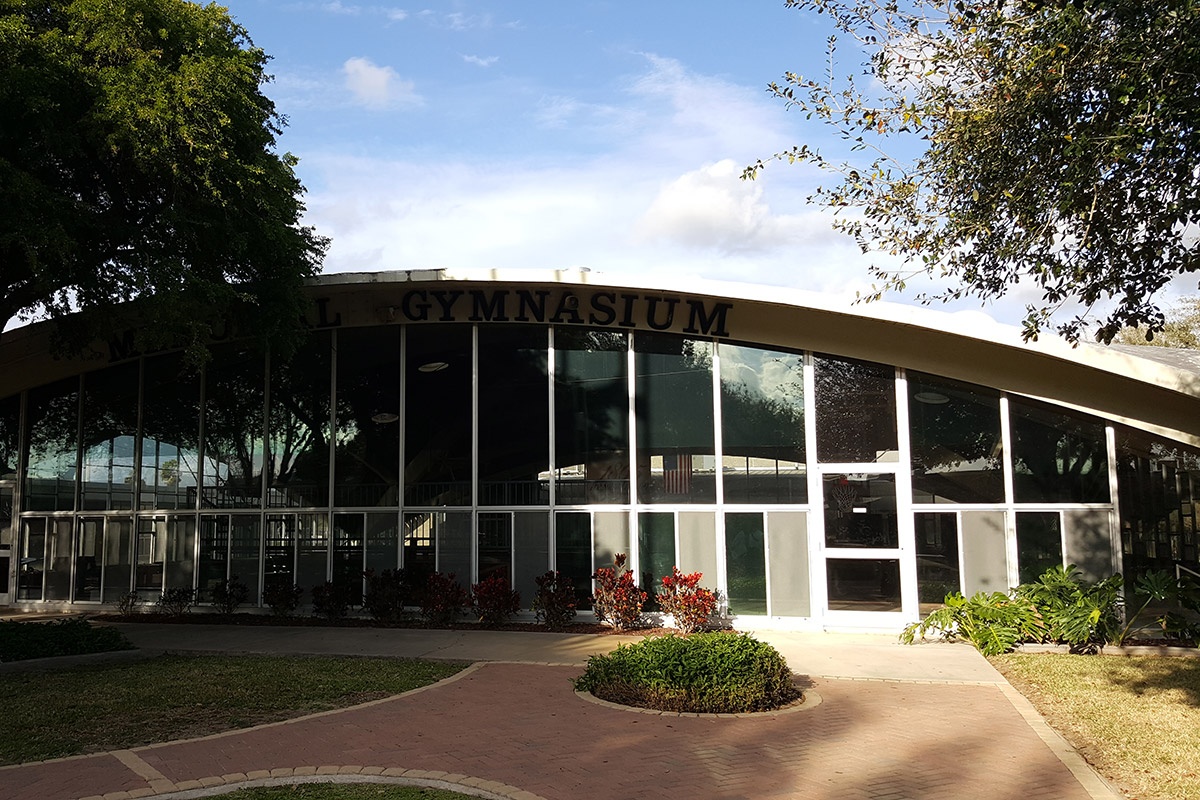
St. Joseph Academy Gymnasium
RGVMod
This is the time to take a closer look at the Valley’s architectural legacy. We cannot afford to lose any more modern era buildings, for they are a quintessential part of our history. The Valley is groovier than ever, and a new atomic era is approaching with SPACEX. Let’s preserve our modern legacy not because these buildings are nostalgic landmarks of the past, but as a testament to the Valley’s optimistic past, and faith in the future of the Rio Grande Valley.
For more information please visit RGVMod.com.
